Are you ready to elevate your culinary creations with an earthy, savory twist? Then it's time to get acquainted with sage — the unsung hero of the spice world. Whether you're roasting a turkey, making stuffing, or crafting artisanal sausage, this aromatic herb can transform your dishes from basic to brilliant.
Table of Contents
- What Exactly Is Sage?
- Why You Should Be Using Sage in Your Kitchen
- How to Use Sage Like a Pro
- Flavor Pairings That Make Sage Shine
- Buying Guide: Choosing the Best Sage
- Proper Storage Tips for Long-Lasting Flavor
- Frequently Asked Questions About Sage
- A Dash of History: Sage Through the Ages
- Conclusion: Embrace the Magic of Sage
What Exactly Is Sage?
Sage (Salvia officinalis) is a perennial culinary herb known for its robust aroma, slightly peppery taste, and a hint of pine-like bitterness. It's widely used in cooking, particularly with rich meats like pork, duck, and game. Its antimicrobial properties have historically made it valuable for preserving meats before refrigeration was common.
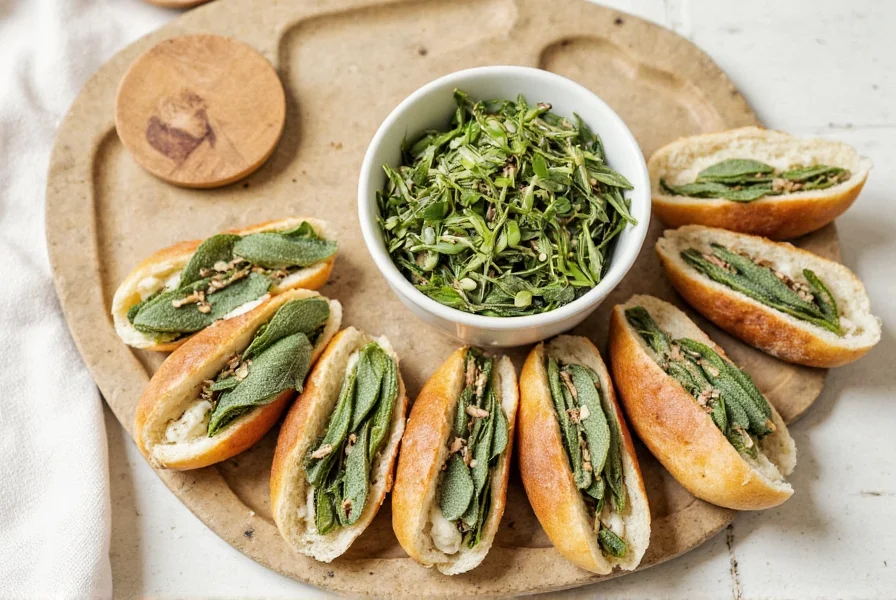
This versatile herb is packed with antioxidants and has been used for centuries in traditional medicine for its anti-inflammatory and digestive benefits. Its real superpower lies in transforming flavor profiles across various dishes.
Why You Should Be Using Sage in Your Kitchen
From a practical standpoint, sage is more than just a holiday seasoning. It's packed with antioxidants and has been used for centuries in traditional medicine for its anti-inflammatory and digestive benefits. But let's not forget its real superpower: transforming flavor.
- Rich Meat Enhancer: Pairs beautifully with pork, duck, and game meats.
- Umami Booster: Adds depth to stuffings, soups, and casseroles.
- Versatile Form: Available fresh, dried, rubbed, or infused in oils and salts.
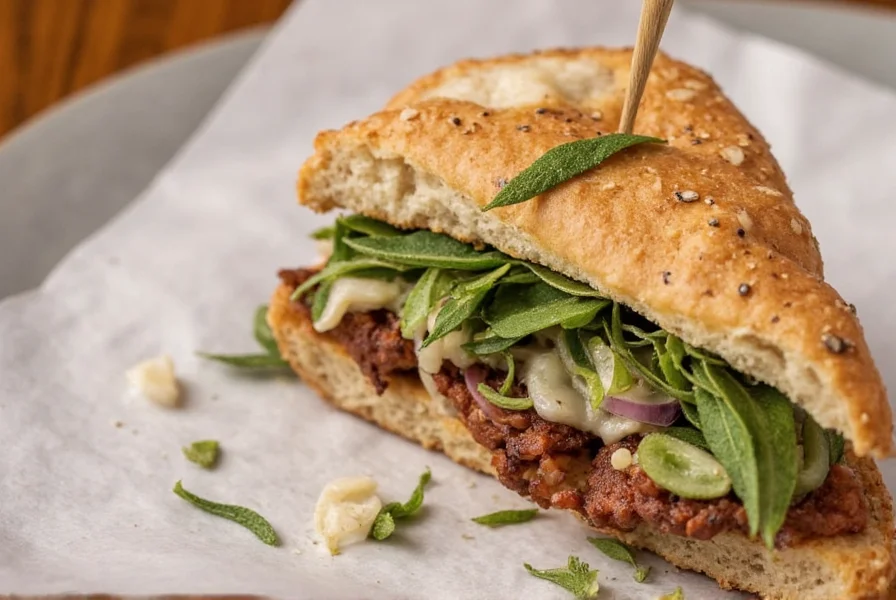
If you haven't tried cooking with sage yet, you're missing out on one of nature's most flavorful tools. Let's dive into how you can make it work for you.
How to Use Sage Like a Pro
Cooking with sage isn't complicated — but using it correctly can make all the difference. Here are some pro tips to help you unlock its full potential:
- Toast It Lightly: Gently heating whole leaves in a dry pan releases their essential oils, intensifying the flavor.
- Add Early for Dried Sage: Since dried sage is potent, add it early in long-cooking dishes so the flavors meld.
- Fry Fresh Leaves: Crispy fried sage leaves make a beautiful garnish for pasta or creamy sauces.
- Infuse Fats: Sage-infused butter or olive oil adds a gourmet touch to almost any dish.
- Mix into Meat Mixtures: Especially effective in sausage blends, burger patties, or meatloaf.

Flavor Pairings That Make Sage Shine
Sage plays well with several ingredients, especially those that bring out its woodsy, herbal notes. Here's a handy table of ideal pairings:
| Sage Companions | Why They Work |
|---|---|
| Pork | Rich and fatty, pork absorbs sage's bold flavor perfectly. |
| Butter | Creates a luxurious base for pastas, vegetables, and meats. |
| Onion & Garlic | Lends warmth and depth to sautéed bases or roasted veggies. |
| Bread & Chestnuts | Ideal for stuffing and autumnal dishes. |
| Apple Cider Vinegar | Brings brightness to balance sage's heaviness. |
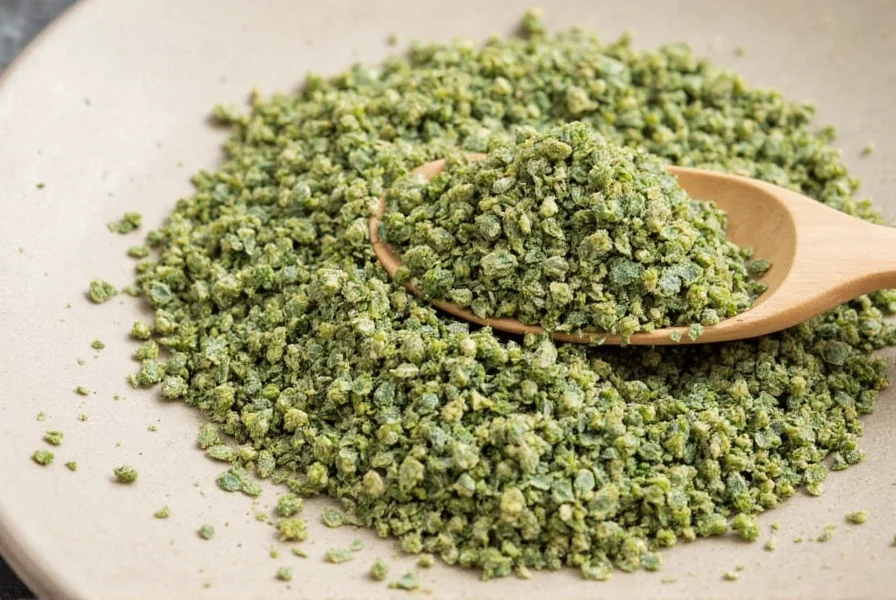
Buying Guide: Choosing the Best Sage
When shopping for sage, it's important to know what to look for based on your cooking style and preferences. Below is a guide to help you choose the best option:
Types of Sage and Their Uses
| Type | Texture / Appearance | Best For | Advantages |
|---|---|---|---|
| Fresh Sage | Green-gray velvety leaves | Herb butter, frying, garnishing | Fragrant, bright flavor; visually appealing |
| Dried Whole Leaves | Preserved green leaves | Long-simmered dishes, tea infusion | Retains texture and visual presence |
| Rubbed Sage | Light, crumbly consistency | Seasoning blends, rubs, stuffing | Easy to mix; distributes evenly |
| Ground Sage | Fine powder | Cooking, baking, sausage making | Concentrated flavor; quick to incorporate |
| Sage Extract / Oil | Liquid concentrate | Flavor boosting, marinades | Very potent; a little goes a long way |

Top Brands to Consider
Looking for high-quality sage? Here are a few standout brands that offer excellent options:
- Spice Hunter Organic Sage – Organic certified, robust flavor, great for rubs and stews.
- Penzeys Rubbed Sage – Popular among chefs for its intense fragrance and even distribution.
- Simply Organic Ground Sage – Perfect for baking and homemade sausage blends.
- FreshDirect Fresh Sage Bunches – Ideal for those who prefer farm-fresh herbs with vibrant color and aroma.
Proper Storage Tips for Long-Lasting Flavor
To keep your sage tasting fresh and fragrant, proper storage is key. Here's how to store each type:
- Fresh Sage: Wrap in damp paper towel, place in a plastic bag, and refrigerate. Lasts up to a week.
- Dried Sage: Store in an airtight container away from light and heat. Keeps for up to a year.
- Rubbed Sage: Keep sealed in a cool, dark pantry. Avoid moisture to prevent clumping.
- Ground Sage: Use within six months for best potency.
- Sage Oil: Refrigerate after opening and use within 6 months.
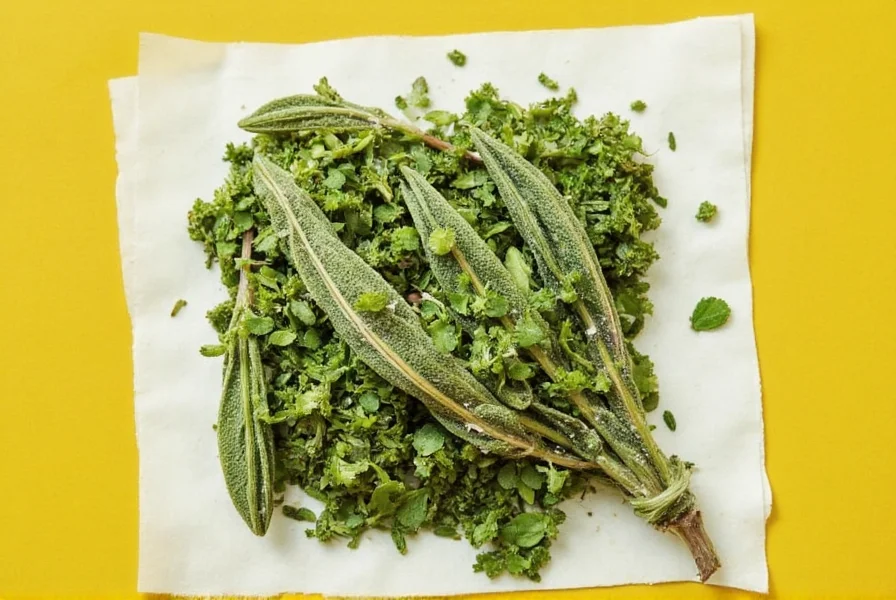
Frequently Asked Questions About Sage
What is sage?
Sage (Salvia officinalis) is a perennial culinary herb known for its robust aroma, slightly peppery taste, and pine-like bitterness. It's widely used in cooking, especially with rich meats like pork, duck, and game. Its antimicrobial properties have historically made it valuable for preserving meats before refrigeration was common.
How much sage should I use when making sausage or other meat products?
For most sausage recipes, 1-2 teaspoons of rubbed or ground sage per pound of meat is ideal. When using fresh sage, 4-6 leaves per pound (chopped finely) works well. Remember that dried sage is more potent than fresh (use a 3:1 ratio - 1 part dried to 3 parts fresh), so adjust accordingly. Always start with less—you can add more, but you can't remove it!
Is there a difference between fresh, dried, and rubbed sage?
Yes. Fresh sage has vibrant color and bright flavor but shorter shelf life. Dried whole leaves retain texture and visual presence for long-cooking dishes. Rubbed sage has a light, crumbly consistency that distributes evenly in seasoning blends and stuffing. Ground sage is a fine powder ideal for baking and sausage making. Sage extract/oil is a potent liquid concentrate for marinades.
Can I use sage as a preservative for meats like they did historically?
While sage does have antimicrobial properties that were historically valuable before refrigeration, it shouldn't be relied upon as a primary meat preservative today. Modern food safety standards require proper refrigeration, curing salts, and precise methods for meat preservation. Sage enhances flavor and provides some antimicrobial benefits, but it's not sufficient on its own for safe meat preservation.
What's the best type of sage for making Italian sausage versus breakfast sausage?
For Italian sausage, rubbed or ground sage works best as it distributes evenly through the meat. For breakfast sausage, fresh sage finely chopped provides a more pronounced herbal note that complements the other spices. Rubbed sage is generally preferred for most sausage applications because it blends well and provides consistent flavor throughout.
How can I tell if my dried sage has gone bad?
Dried sage has gone stale when it loses its strong aroma (rub some between your fingers to test), changes color from green-gray to brownish, or develops a musty smell. Properly stored dried sage should keep its potency for about 6-12 months. If it doesn't smell distinctly herbal when crushed, it's time to replace it.
Can I grow my own sage for meat preparations?
Absolutely! Garden sage (Salvia officinalis) is relatively easy to grow in most climates. Harvest leaves in the morning after the dew has dried but before the heat of the day for maximum essential oil content. For meat preparations, pick leaves just before the plant flowers when the flavor is most concentrated. Homegrown sage often has superior flavor to store-bought.
A Dash of History: Sage Through the Ages
Sage has a storied past. The Romans revered it as "the holy herb," and medieval monks cultivated it extensively in monastery gardens. In Europe, it was commonly used in curing meats — hence its connection to deli-style products today. In the Middle East and parts of Asia, sage was brewed into teas and used medicinally for everything from sore throats to digestive issues.
In American history, sage became a staple in Southern kitchens and Thanksgiving spreads, particularly in cornbread stuffing recipes. Today, it's experiencing a renaissance thanks to the rise of heritage cooking and interest in natural food preservation techniques.
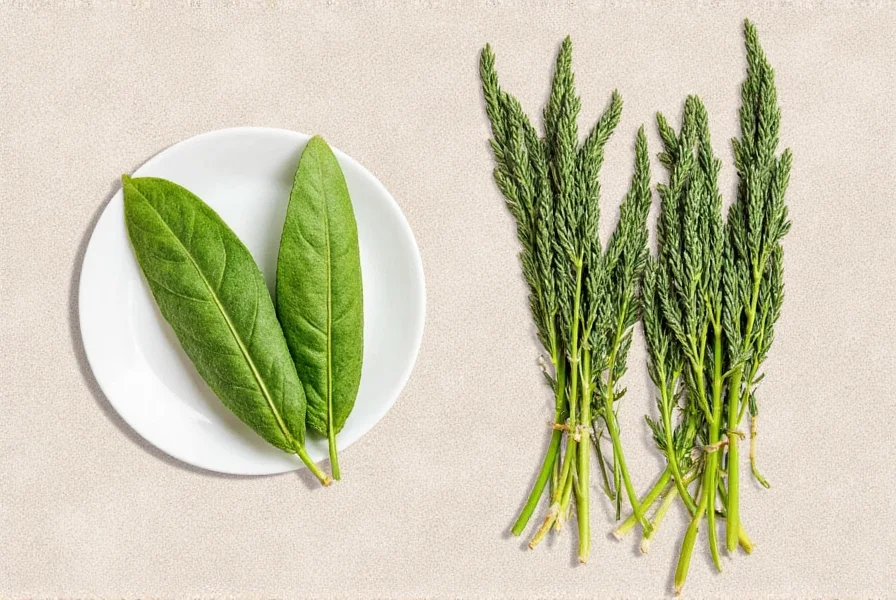
Conclusion: Embrace the Magic of Sage
Whether you're a home cook experimenting with new flavors or a professional chef refining your signature dishes, sage deserves a prominent spot in your spice lineup. With its powerful flavor, versatility, and historical significance, it's more than just a seasoning — it's a culinary legacy waiting to be rediscovered.
So go ahead: grab that bunch of fresh sage or open that jar of rubbed variety sitting in your cupboard. Get creative, toast, fry, infuse — and enjoy the earthy magic of sage in your next meal.
You won't regret it.

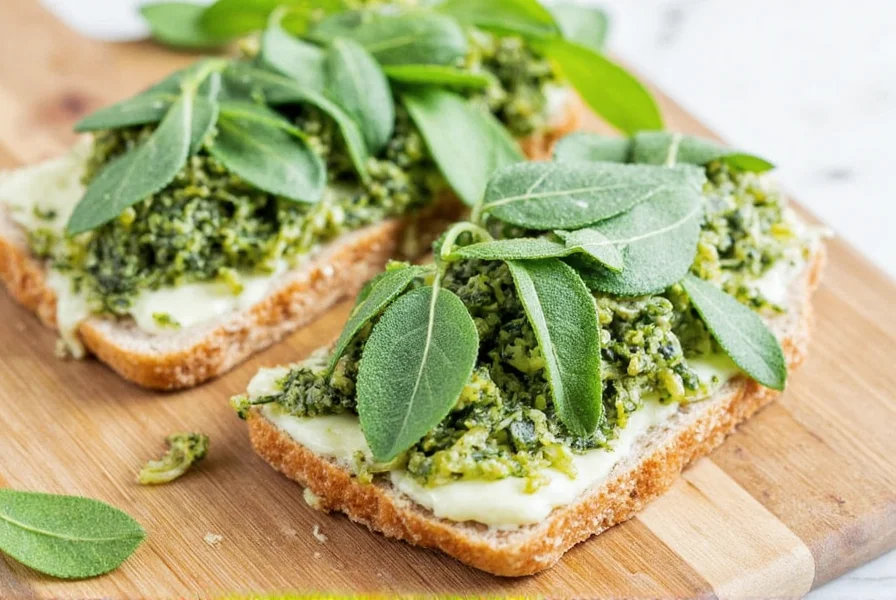









 浙公网安备
33010002000092号
浙公网安备
33010002000092号 浙B2-20120091-4
浙B2-20120091-4